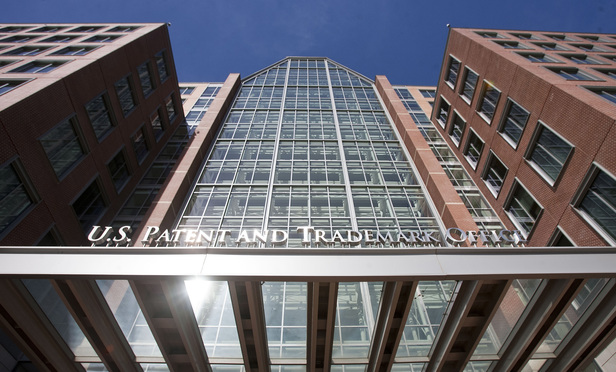The U.S. Supreme Court has continued its recent trend to enter the foray of patent litigation by granting certiorari in Oil States Energy Services v. Greene’s Energy Group. This time the court will decide whether inter partes reviews (IPRs), an adversarial process used by the U.S. Patent and Trademark Office (PTO) to analyze the validity of existing patents, violates the Constitution by extinguishing private property rights through a non-Article III forum without a jury when the PTO invalidates patents using this process. Since the implementation of IPRs, the PTO’s newly formed Patent Trial and Appeals Board (PTAB), has scrutinized and invalidated thousands of patents making the IPR procedure a highly effective tool when attacking issued patents (whether as a part of a patent litigation or not). Indeed, IPRs are now considered by many to have led to the devaluation of patents, while others (albeit a minority) say IPRs have increased the value of certain categories of patents, particularly those that survive the IPR gauntlet. Now the Supreme Court will decide the fate of IPRs and the impact will be tremendous regardless of how it decides the issue—it will either upend the patent system and result in a roaring comeback of the value of patents, or continue the status quo for generations to come unless Congress intervenes.
IPR Enacted as Part of AIA
IPRs were enacted as part of the Leahy-Smith America Invents Act (AIA), passed in 2011, to “establish a more efficient and streamlined patent system that [would] improve patent quality and limit unnecessary and counterproductive litigation costs” and were intended “to create a timely, cost-effective alternative to litigation.” 77 F. Reg. 48680-01 (Aug. 14, 2012). The short history of these new procedures has proven the success of these stated goals. The PTO’s latest statistics indicate that, as of June 2017, 7,168 AIA petitions (which includes, in addition to IPRs, the other AIA PTAB procedures: covered-business method reviews and post-grant reviews) have been filed, of which, 6,577 of those petitions were IPRs. Patent and Trademark Office, “Patent Trial and Appeal Board Trial Statistics,” June 2017. Of those 7,168 petitions, 50 percent have been instituted. Id. Of instituted petitions, 65 percent have held all claims unpatentable, and another 17 percent held some of the claims were unpatentable—totaling a staggering 82 percent success rate of at least some patent claims that have been invalidated under the new AIA procedures. Id. In light of these statistics, it is unsurprising that patent holders have pursued all mechanisms, including constitutionality challenges to weaken or eliminate IPRs. Because of their effectiveness, collateral attacks on patent validity using IPRs have become standard operating procedure after patent infringement actions are brought.



